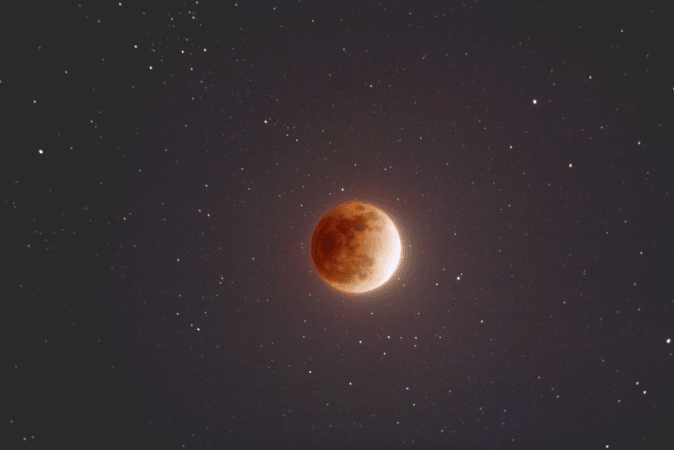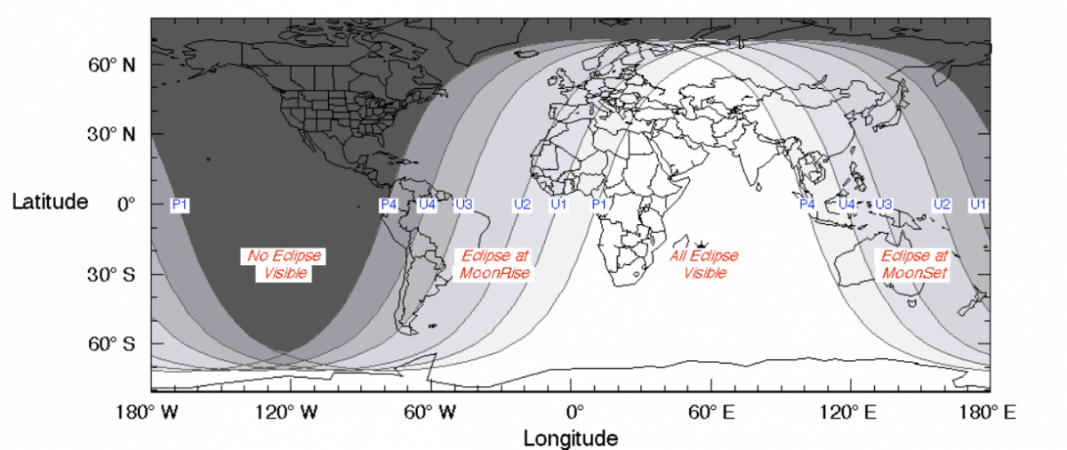
July 27, 2018 is a great day for star gazers. The longest lunar eclipse of the century will be happening this week and it will also be a Blood Moon, when the Moon will appear red in the night sky.
Good thing about this eclipse is that most people on Earth will be able to get a good view, provided the skies are clear. The Moon will be full and blood red and no special eye protection is needed to see it.
On Friday night, the Moon will fall under the shadow of Earth for a full 103 minutes, and during this time, the usually white moon will look red and ochre. This event marks the longest "blood moon" of the century as well and will last a whole 26 minutes longer than the previous eclipse which took place in January this year.
But the celestial event will not be visible to all in the globe. The whole continent of North America including Canada and the USA will not be witnessing any of it. The rest of the world will at least get to see small slivers of the celestial event, according to a report by Vox. This is because by the time it gets dark and night falls in Northern America and between the time it takes for the full Moon to rise there, the eclipse will already have ended, or the Moon will have moved away from the Earth's shadow.

The next visible lunar eclipse that will be visible in the US will happen on 21 January 2019, notes the report.
As for those in the rest of the world, you will just need to step out of your home in the evening when the Moon rises and look up. It will last a whole hour and 43 minutes, so it will be hard to miss. For a more accurate time chart on the exact start and end time, one can look it up on time and date.
If you are in a region where it is raining, or the night sky is not clear at all, it can be watched online as many websites will be live streaming it.
Lunar eclipses, like most eclipses, are just shadows of celestial bodies falling on each other. There is no scientific evidence to prove that it brings a bad omen, or that it is a sign of the apocalypse, or even that it is a rare event, there can be up to three lunar eclipses every year. Also, the red colour is because of dust and clouds in the atmosphere and nothing to do with the planet itself.














